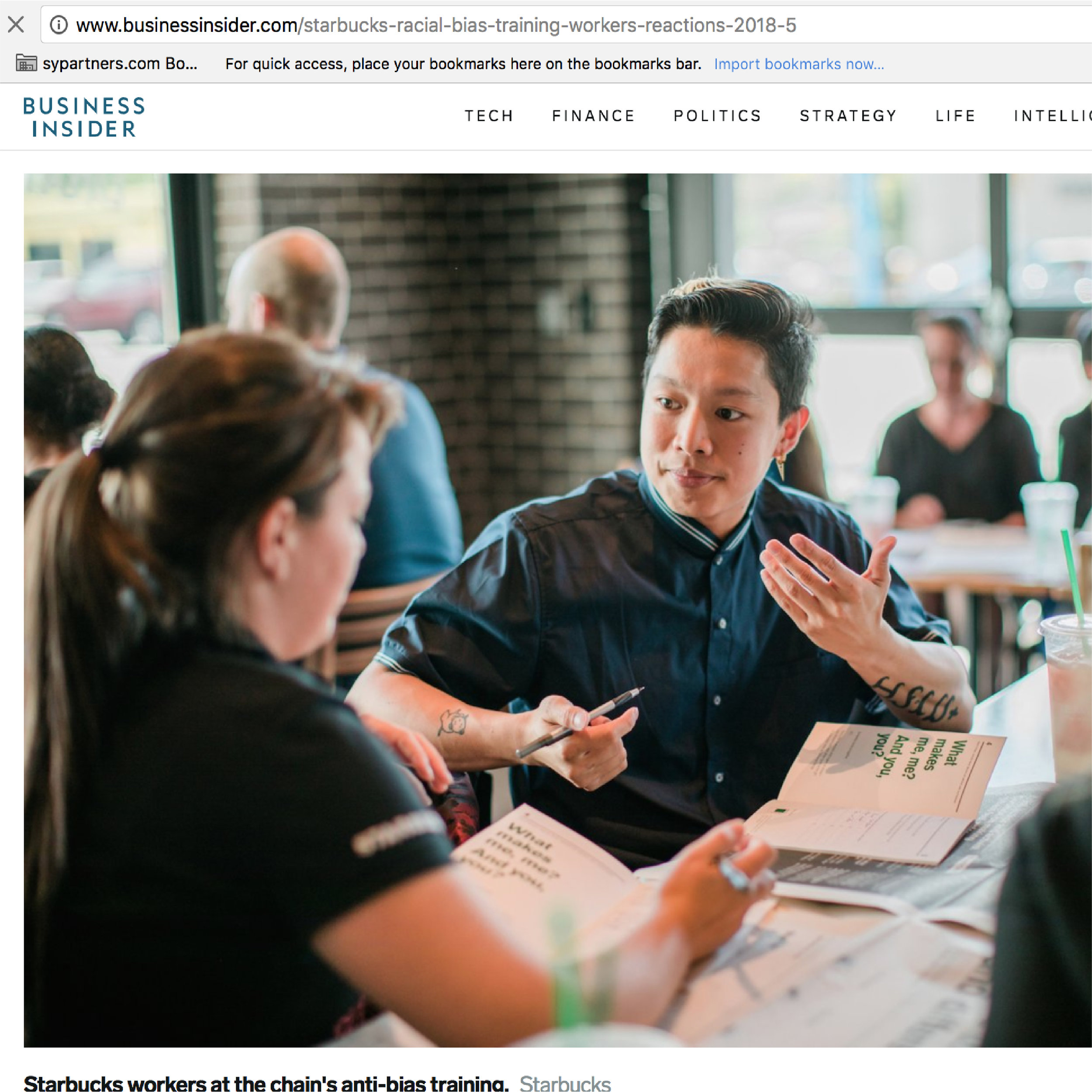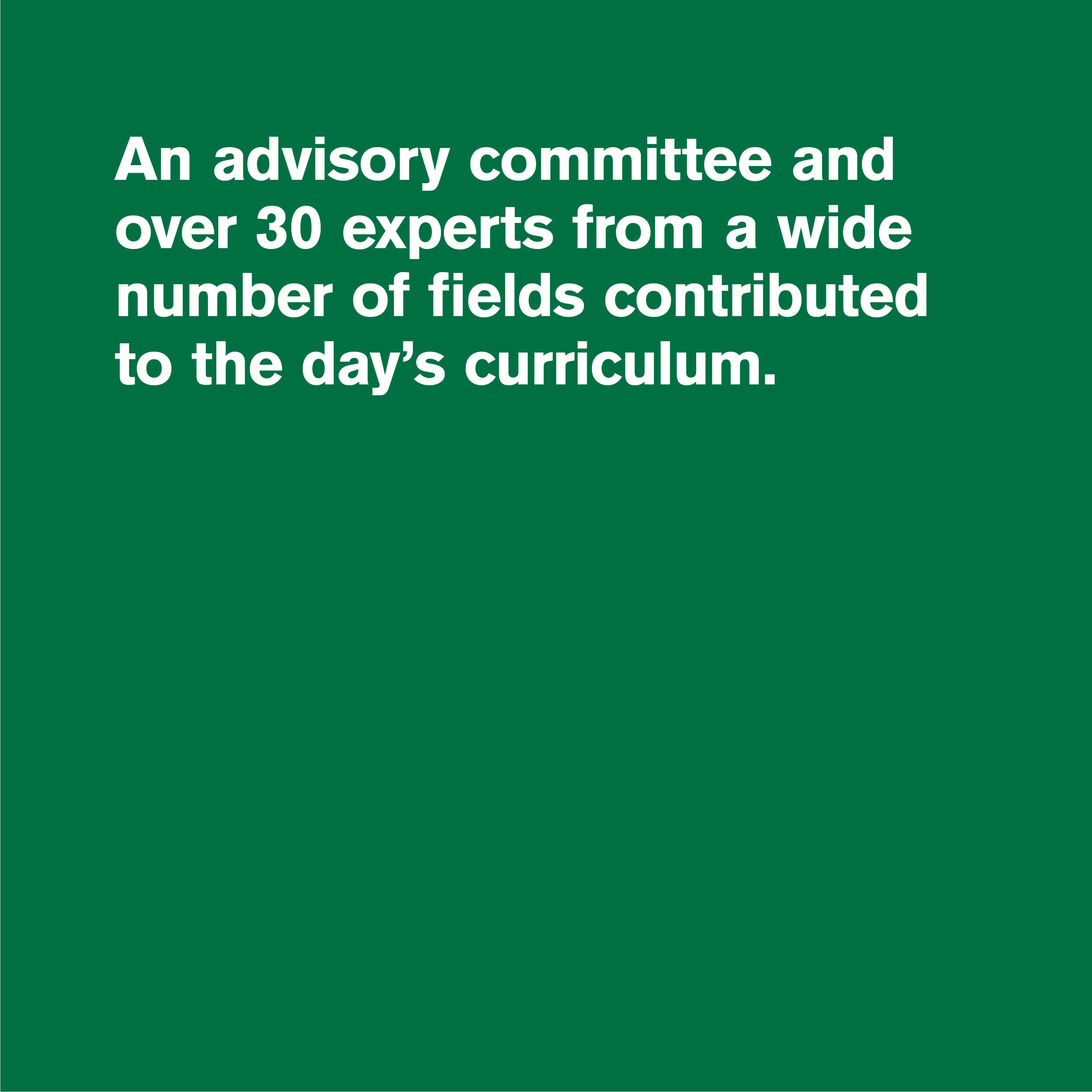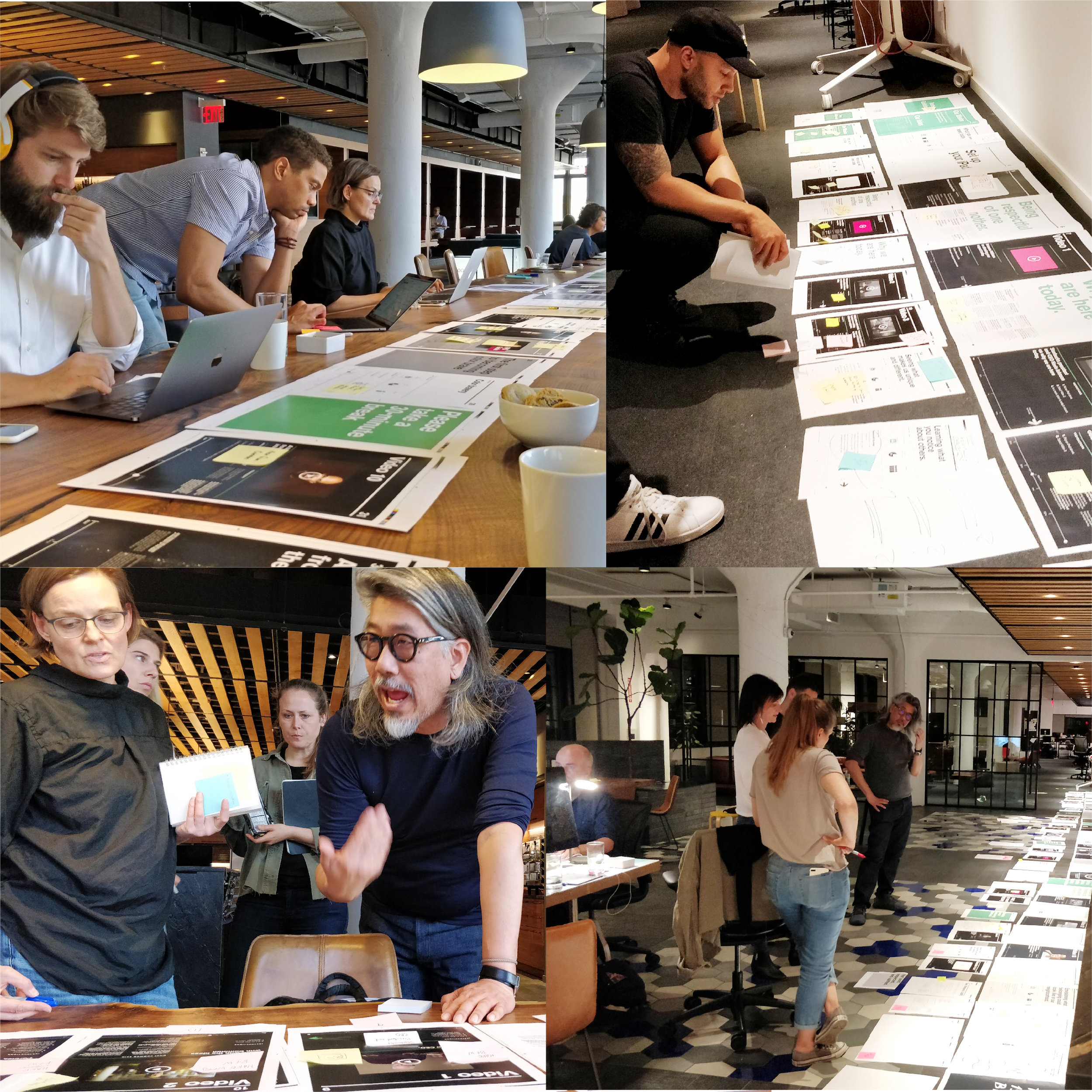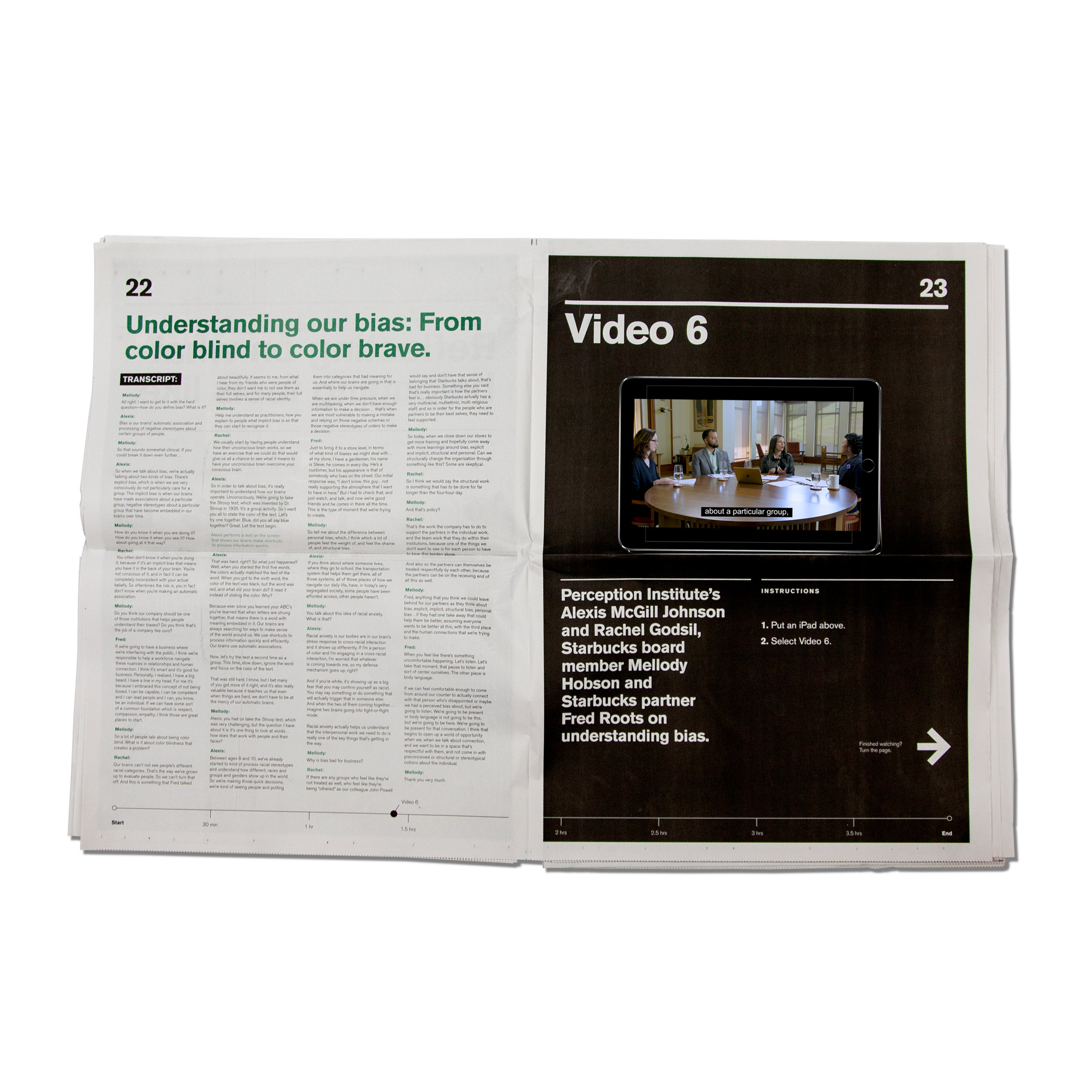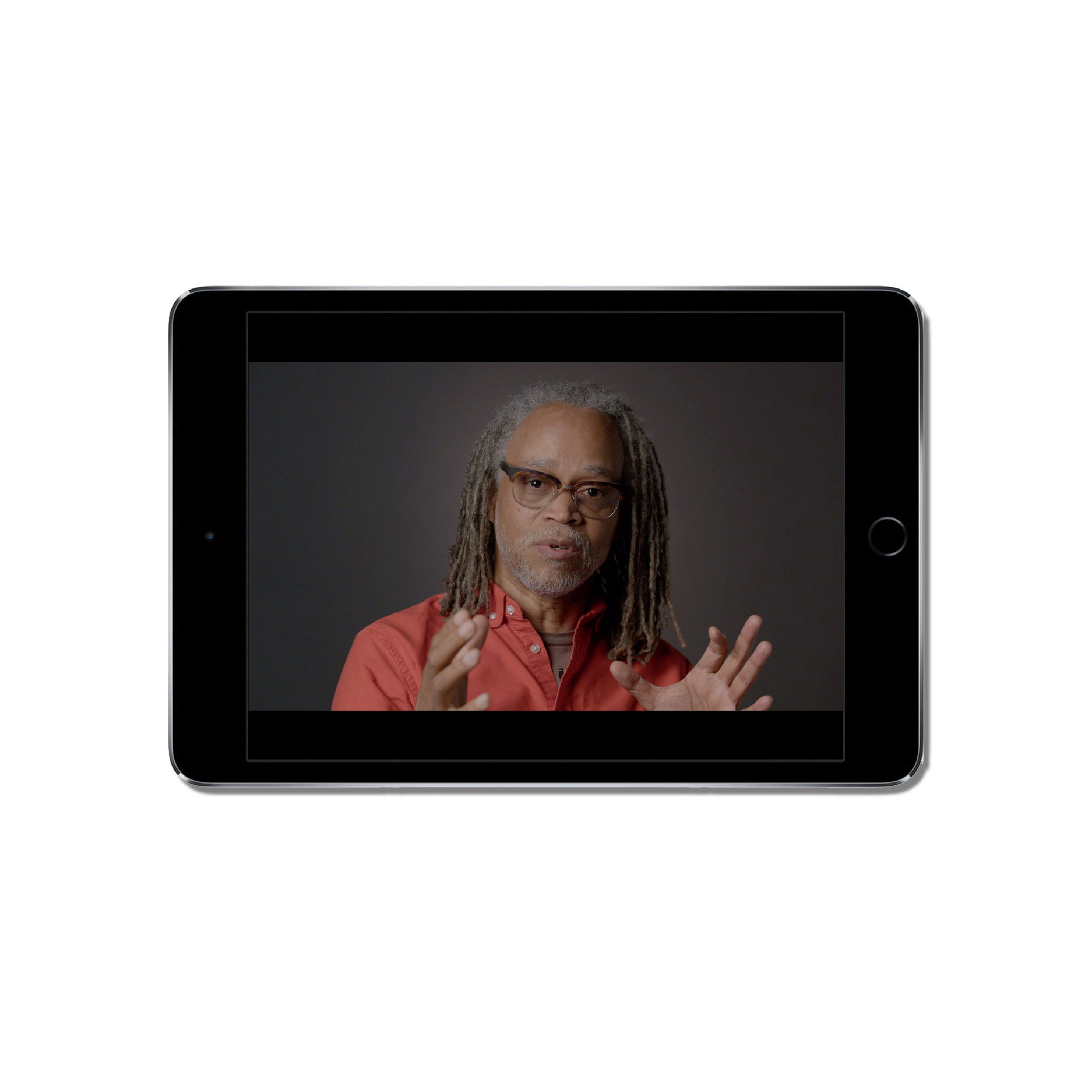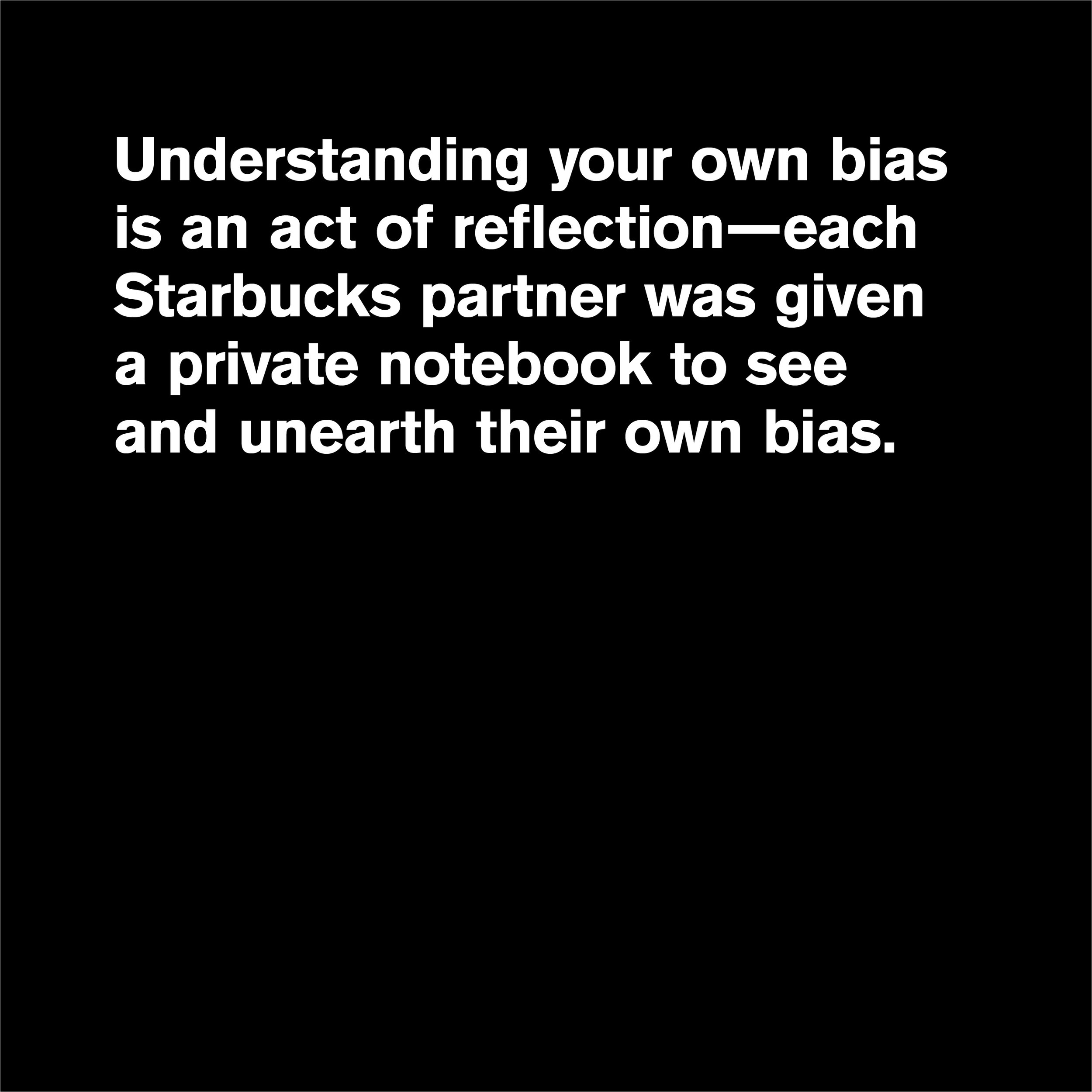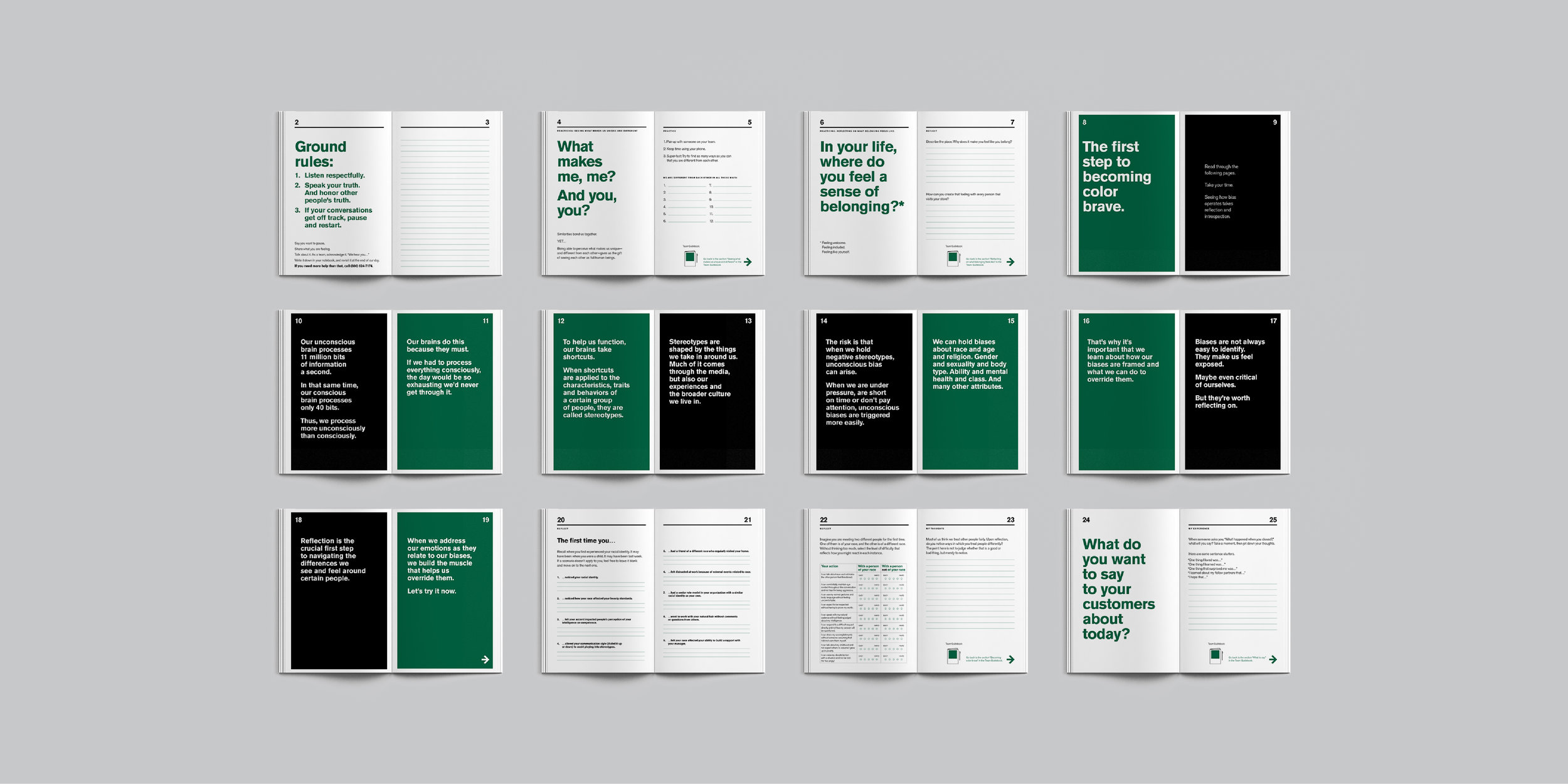Starbucks anti-bias training
Overview
The following overview is an excerpt from the Starbucks’ document, “An overview of our May 29 gathering of Starbucks partners”
The third place: Our commitment, renewed
On May 29, we are closing 8,000 Starbucks stores in the United States for four hours—so 175,000
Starbucks partners can come together for a conversation and learning session on racial bias. (*1)
This is a foundational step in renewing Starbucks as a place where ALL people feel welcome. Starbucks partners will be sharing life experiences, hearing from others, listening to experts on bias and racial anxiety, reflecting on the realities of bias in our society and talking about how all of us can work together to create public spaces where everyone feels like they belong.
Our role and responsibility
Since the beginning, Starbucks has aspired to be a “third place” in people’s lives. A place outside of their home and their work, where they feel like they can be themselves, and they are treated with dignity and respect.
Discrimination is a real threat to the third place; and racial bias left unchecked has no home here.
The incident that took place recently in Philadelphia, when two black customers experienced discrimination in one of our stores, is a painful example of this. We let down our partners, our customers and our community.
The incident has prompted us to reflect more deeply on racial and other forms of bias, the role of our stores in communities and our responsibility to ensure incidents like this don’t happen at Starbucks.
A long-term commitment
In that reflection, we see that bias comes from many places in our society—for any given individual,
it’s shaped by societal structures, the media and past experiences. Racial stereotypes are learned.
To address those stereotypes at Starbucks requires work on many levels—each of us as individuals, and the organization as a whole.
Our leadership team is making a long-term commitment to reforming system-wide policies, our ways of working and our rituals—while elevating inclusion and equity in all we do. This is the work of years, not days or weeks.
We commit to doing that work.
Harnessing the right expertise to develop a curriculum.
There are many anti-bias trainings, diversity and inclusion efforts and tools available. For our gathering, we believed we had to draw on a wide array of experts from both inside and outside our company.
To ensure we were held to the highest standard in both ambition and content, we formed an advisory
team: Bryan Stevenson, founder and executive director of the Equal Justice Initiative; Sherrilyn Ifill, president and director-counsel of the NAACP Legal Defense and Education Fund; and Heather McGhee, president of Demos. Each contributed their own thinking, expertise and perspective.
In addition, these advisors and others served as a gateway to more than 30 experts from a wide number of fields who also contributed expertise, counsel and ideas—many ideas, we should note, challenged our own. This diversity has been essential.
These experts included:
• Neuroscientists
• Social scientists
• Cognitive psychologists
• Behavior-change experts
• Diversity and inclusion experts
• Experts in de-escalation
• Community-services and outreach teams
• Community-based collectives
The deeper development of the day—and an ongoing year-long curriculum of which May 29 is just the first step—was led by a cross-functional Starbucks team; Alexis McGill Johnson and Rachel Godsil of The Perception Institute, a consortium of researchers, advocates and strategists who seek to apply insights from the mind-sciences to address bias and anxiety that operate in a variety of sectors; and SYPartners, a firm that works on human transformation in organizations at very large scale—including work on diversity, equity and inclusion.
The curriculum was developed using inclusive design principles. Daily testing of the approach, tools and content was conducted across the United States, and those findings guided the next day’s development.
(*1) From the beginning we have acknowledged the outsized role Starbucks employees play in the success of the company—so much so, we call them partners.
Note: I worked on this project as part of the SY Partners team.

